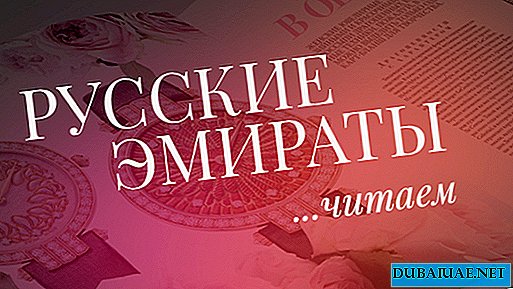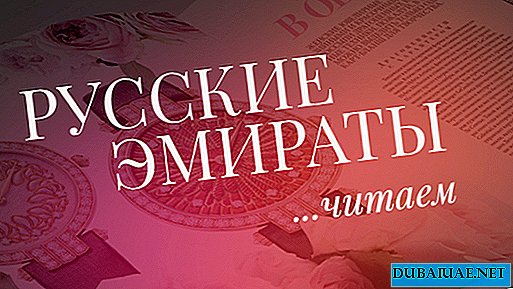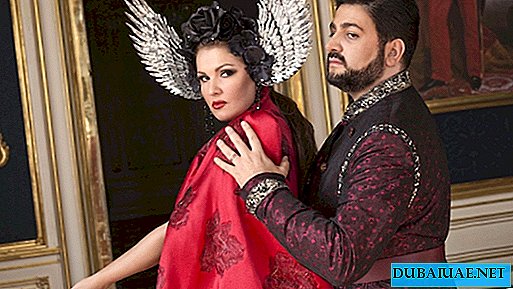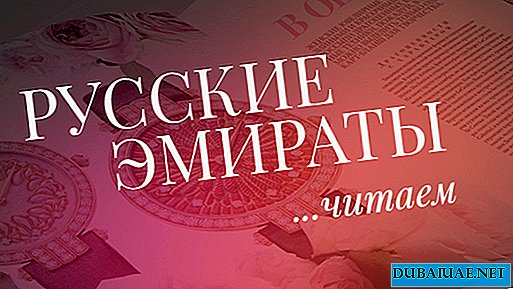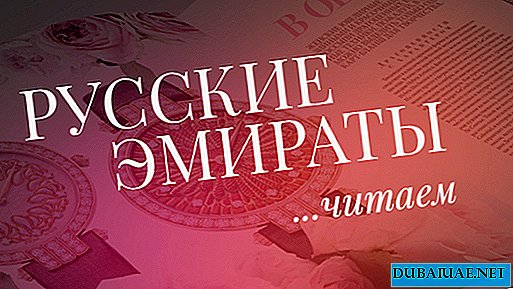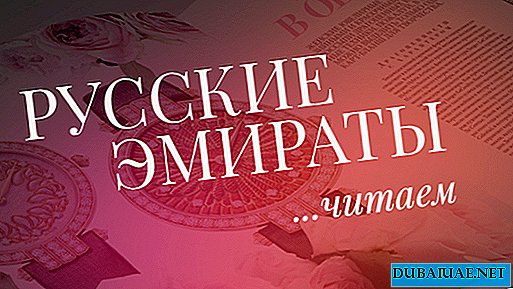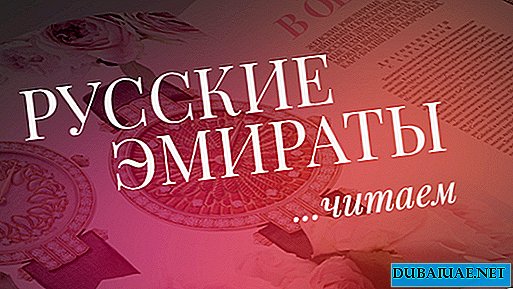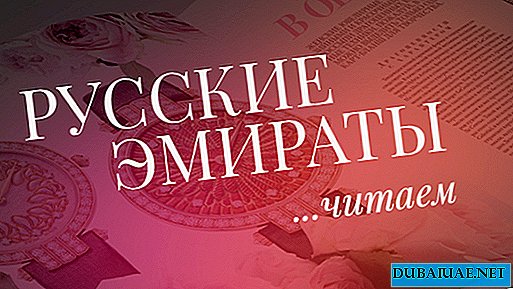 FASHIONABLE ILLUSTRATION TODAY EVERYTHING PREVENTS THE PHOTO. AFTER HER POPULARITY IN THE GLOSSY WORLD WAS DECLINING IN THE END OF THE 60S, NO ONE THOUGHT THAT SKETCHES AGAIN BECOME A TREND. HOWEVER, STAND, IT IS worth digging deeper: FASHIONABLE ILLUSTRATION - ABOUT 500 YEARS!
FASHIONABLE ILLUSTRATION TODAY EVERYTHING PREVENTS THE PHOTO. AFTER HER POPULARITY IN THE GLOSSY WORLD WAS DECLINING IN THE END OF THE 60S, NO ONE THOUGHT THAT SKETCHES AGAIN BECOME A TREND. HOWEVER, STAND, IT IS worth digging deeper: FASHIONABLE ILLUSTRATION - ABOUT 500 YEARS! For centuries, illustration has been the main source of visual content and an important form of communication in the fashion industry. Her main goal was to convey the design idea in volume and form. Typically, illustrators used watercolors, color markers and pencils, pastels, crayons, ink and even charcoal.
Back in the 16th century, the need arose for printing books on the costumes of neighboring nations. Illustrations were the main unit of information in each publication, and soon acquired the first “trend” attribute: collecting illustrations became terribly fashionable. In the next century, pocket-sized books came into use, in which black-and-white pictures were often found, and after another 100 years they began to create separate tabs with illustrations of clothes.
The heyday of the drawing, of course, occurred along with the development of fashion magazines. By the way, at the end of the XIX century magazines were issued in two versions: black and white and "luxury" - color. The circulation of such publications as Vogue and L'Officiel was small - from 1200 to 2500 copies, and only 30 copies were intended for regular readers, printed on the best coated paper and made out as a gift album. Increasingly, illustrators offered not only pictures of clothes, but also images of women and men in different styles, thereby giving readers practical tips on the dress code.
In the 1900s, French fashion designer Paul Poiret began to invite professional artists to create illustrations for their own collections. Poiret often worked in a duet with Paul Irib, whose work was mainly influenced by the ardeco style. Iribe added caricature elements to the work, so that his style quickly became recognizable. Soon the illustration began to appear on the covers of prestigious French fashion magazines. At the same time, the cover did not necessarily reflect the general content and was considered more as a separate piece of art. It was the time of such outstanding illustrators as Jean Demarchy, Bernard Blossack, Sigrid Hunt. Among them were talented advertisers such as Andy Warhol and Rene Gruau, who presented the illustration as a special advertising genre.
The sunset of the era of illustration came in 1932, when the first photograph appeared on the cover of Vogue. Overnight, the value and relevance of the picture fell. The arrival of such iconic photographers, "superstars" of the 60s, like David Bailey, Brian Duffy, Terence Donovan, became the logical end of the illustration as a mass medium for creating gloss. In the 60s it was used less and less, although it served as an additional source of creative search, fast-in-production and commercially successful ready-to-wear clothing began to displace couture, photography replaced the illustration at all levels of printed materials. In addition, pioneer illustrators such as Karl "Eric" Erickson, Christian Berard and Rene Boucher, who captured the most elegant, aristocratic, self-confident images of leading fashion designers of the 20th century, began to die.
Today, despite the digital technology revolution, fashion illustrations have become popular again. The Internet has been a fertile ground for aspiring artists. The fact is that art and new technologies are inseparable today, and illustrations are becoming more and more popular. Moreover, the quality of performance and speed have increased significantly, and it’s easy to “wipe” the wrong touches. Barbara Khalyuniki, Klim Everden, Gladis Palmer, Hiroshi Tanabe, Ricardo Fumanal, Richard Gray, Tanya Lin, Zoe Taylor announced themselves with the development of the first online platforms and forums.
The availability of information and social networks through which artists can easily express themselves, build an audience and create a name for themselves are another reason for the return of fashion in the illustration. Among the most active Instagram illustrators, for example, are the authors of @paperfashion (Katie Rogers, 491,000 followers), @ddrawbertson (Donald Drobertson, 142,000 followers), @studiodore (Garant Dore, 110,000 followers), who constantly feed the audience’s interest with travel , special projects with brands and video tutorials.
It is also worth noting the social component of the genre of illustration. The world of haute couture, tired of the "photographed" to unrecognizable models, is returning to fashion illustration as a more exclusive and, oddly enough, "organic" form and image of a person. Fresh interest in the drawing is also justified by the need to create a more harmonious image, which has nothing to do with the obsessive and not always healthy "beauty standards" promoted in modern mass culture. A parallel can be drawn between the philosophy of the legendary illustrator David Downton and plastic surgery. "For me, the more" worked out "the drawing, the worse it is, the secret is lost in it, and it becomes incredibly boring," the artist observes. Indeed, sometimes it’s even scary from “clones” of models and the like ...
But back to the beautiful. In essence, an illustration is a sketch of a person on paper. Flexibility of lines, simplicity, imagery and associativity are the attributes of illustration. It is important for the artist to convey the mood and character of a person in several strokes, and often, after ten or twenty sketches from different angles, the final version of a portrait fashion illustration is created. This is the beauty and power of the drawing - in that elusive aesthetics that does not have time and space frames, which over the years does not lose relevance and goes into the category of golden classics. Increasingly, you can find sketches of Middle Eastern illustrators Nujud Alsudairi and Shamek Blueui, which adorn the pages of glossy magazines in the Middle East. Shamek uses traditional Arabic calligraphy that comes to life, for example, on a train of a dress. The image is relevant in the context of local culture. Nujut, however, refers to the aesthetics of the Decadence era, even though the artist herself lives in Riyadh, in Saudi Arabia.
Today, illustration has become so in demand that the fee for one work on average can reach $ 400. Most often, illustrations are supplemented by photo shoots, copyright materials, as well as collages in trending magazines about fashion and style. Like any kind of art, it will no longer go out of fashion, but rather, will change along with the development of the "pixel culture", which goes along the path of further manipulation with smart technologies and touch-screen. Who knows, maybe soon it will be possible to really "suck out a decent illustration from a finger"?



